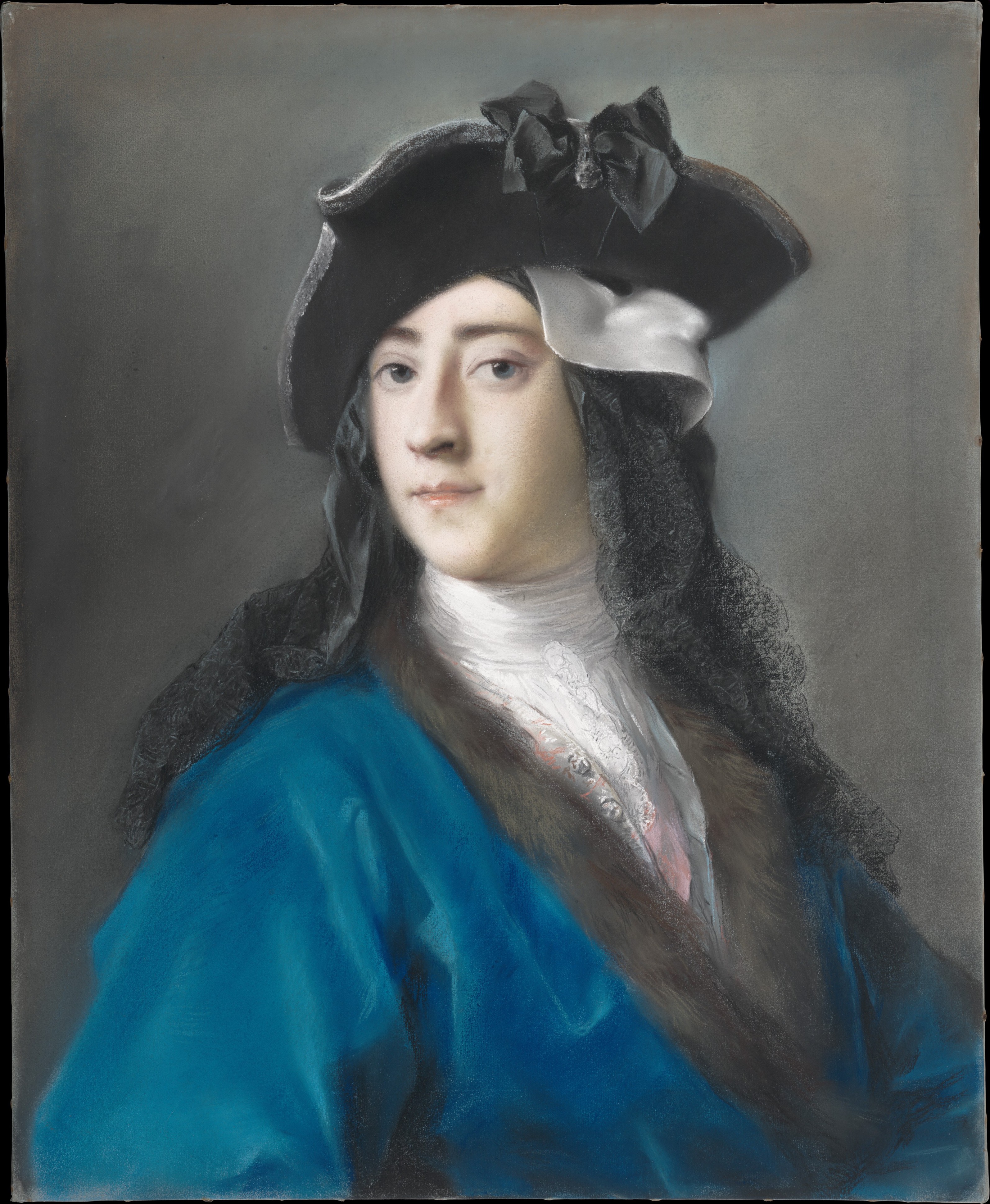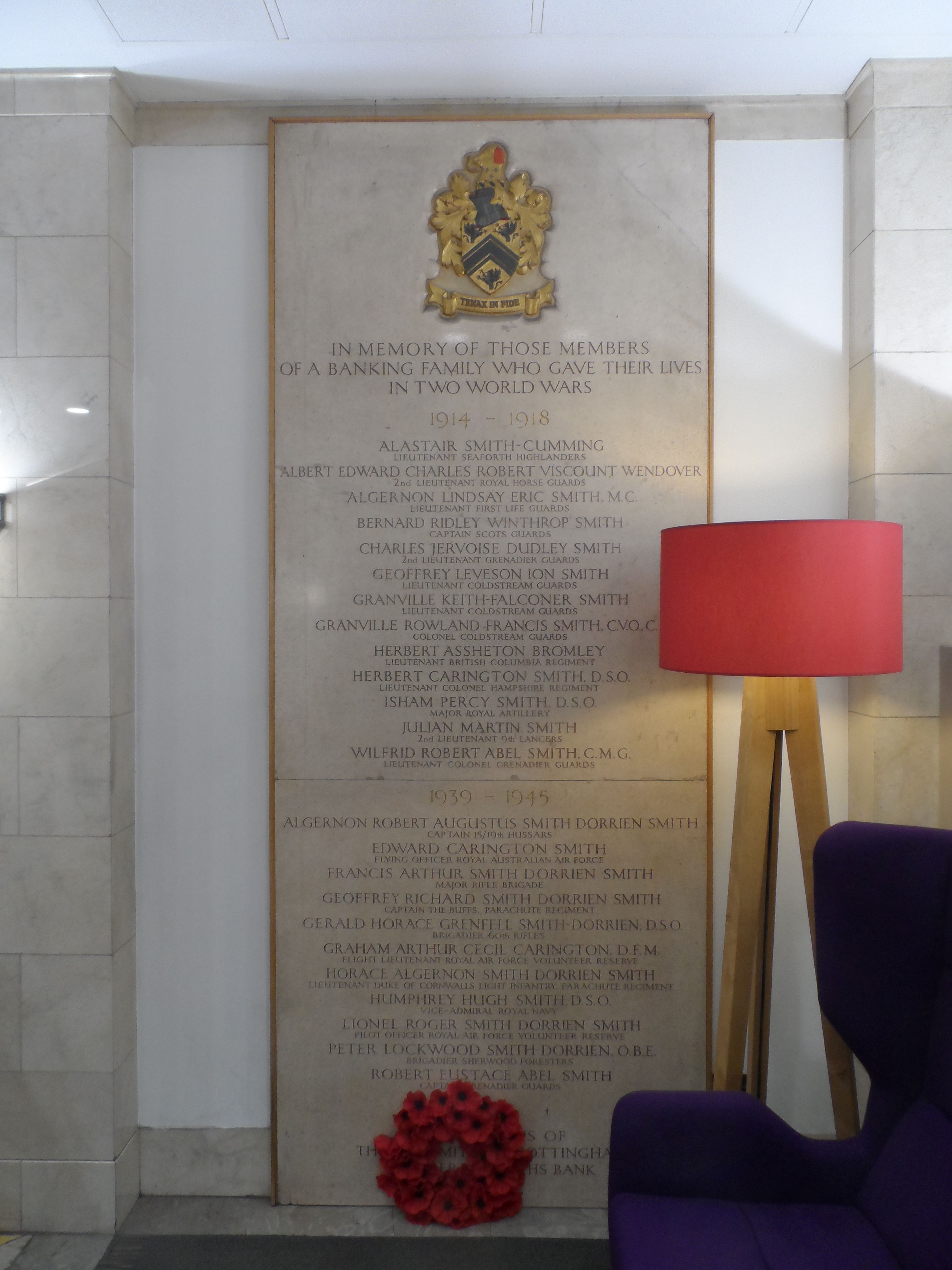|
William Legge, 7th Earl Of Dartmouth
Lieutenant-Colonel William Legge, 7th Earl of Dartmouth (22 February 1881 – 28 February 1958), styled Viscount Lewisham between 1891 and 1936, was a British peer and Conservative politician, who was Acting Lord Great Chamberlain 1928–36. Background Legge was the eldest son of the 6th Earl of Dartmouth. He was educated at Eton and Christ Church, Oxford. He commissioned as a Second lieutenant in the Staffordshire Yeomanry (Queen's Own Royal Regiment) on 11 June 1902. Political and military career In 1907, he joined the London County Council and entered Parliament in 1910 as Member of Parliament for West Bromwich, a seat he held until 1918. While a lieutenant in the Staffordshire Yeomanry, he was appointed honorary colonel of the 7th Battalion, Duke of Wellington's Regiment, on 27 April 1910. On 23 April 1912, he was promoted to captain in the Staffordshire Yeomanry, and received a temporary promotion to major on 1 November 1914. He served with the Staffordshire Yeomanry in ... [...More Info...] [...Related Items...] OR: [Wikipedia] [Google] [Baidu] |
The Right Honourable
''The Right Honourable'' ( abbreviation: ''Rt Hon.'' or variations) is an honorific style traditionally applied to certain persons and collective bodies in the United Kingdom, the former British Empire and the Commonwealth of Nations. The term is predominantly used today as a style associated with the holding of certain senior public offices in the United Kingdom, Canada, New Zealand, and to a lesser extent, Australia. ''Right'' in this context is an adverb meaning 'very' or 'fully'. Grammatically, ''The Right Honourable'' is an adjectival phrase which gives information about a person. As such, it is not considered correct to apply it in direct address, nor to use it on its own as a title in place of a name; but rather it is used in the third person along with a name or noun to be modified. ''Right'' may be abbreviated to ''Rt'', and ''Honourable'' to ''Hon.'', or both. ''The'' is sometimes dropped in written abbreviated form, but is always pronounced. Countries with common or ... [...More Info...] [...Related Items...] OR: [Wikipedia] [Google] [Baidu] |
London County Council
London County Council (LCC) was the principal local government body for the County of London throughout its existence from 1889 to 1965, and the first London-wide general municipal authority to be directly elected. It covered the area today known as Inner London and was replaced by the Greater London Council. The LCC was the largest, most significant and most ambitious English municipal authority of its day. History By the 19th century, the City of London Corporation covered only a small fraction of metropolitan London. From 1855, the Metropolitan Board of Works (MBW) had certain powers across the metropolis, but it was appointed rather than elected. Many powers remained in the hands of traditional bodies such as parishes and the counties of Middlesex, Surrey and Kent. The creation of the LCC in 1889, as part of the Local Government Act 1888, was forced by a succession of scandals involving the MBW, and was also prompted by a general desire to create a competent government fo ... [...More Info...] [...Related Items...] OR: [Wikipedia] [Google] [Baidu] |
Viscount Boyne
Viscount Boyne, in the province of Leinster, is a title in the Peerage of Ireland. It was created in 1717 for the Scottish military commander Gustavus Hamilton, 1st Baron Hamilton of Stackallan. He had already been created Baron Hamilton of Stackallan, in the County of Meath in 1715, also in the Peerage of Ireland. Hamilton was the youngest son of Sir Frederick Hamilton, youngest son of Claud Hamilton, 1st Lord Paisley (from whom the Dukes of Abercorn descend), third son of James Hamilton, 2nd Earl of Arran (from whom the Dukes of Hamilton descend). His grandson, the second Viscount, represented Newport (Isle of Wight) in the House of Commons. His first cousin, the fourth Viscount, sat as a member of the Irish House of Commons for Navan. His great-grandson, the seventh Viscount, married Emma Maria Russell, sister and heiress of William Russell of Brancepeth Castle, County Durham, children of Matthew Russell of the same, and in 1850 assumed by royal licence the additional s ... [...More Info...] [...Related Items...] OR: [Wikipedia] [Google] [Baidu] |
Charles Wynn-Carington, 1st Marquess Of Lincolnshire
Charles Robert Wynn-Carington, 1st Marquess of Lincolnshire, (16 May 1843 – 13 June 1928), known as the Lord Carrington from 1868 to 1895, and as the Earl Carrington from 1895 to 1912, was a British Liberal politician and aristocrat. He was Governor of New South Wales from 1885 to 1890. Background Charles Robert Carrington was born at Whitehall on 16 May 1843, the son of Robert Carrington, 2nd Baron Carrington, and his second wife Charlotte, the younger daughter of Peter Drummond-Burrell, 22nd Baron Willoughby de Eresby. The Hon. Sir William Carington and Rupert Carington, 4th Baron Carrington, were his younger brothers, while Peter Carington, 6th Baron Carrington, was his grand-nephew. He was educated at Eton and Trinity College, Cambridge. He was a lifelong friend of King Edward VII, having first met him in 1854, and became his Aide-de-camp when he was the Prince of Wales. On his mother's death in 1879 he became joint hereditary Lord Great Chamberlain of England. Born Ch ... [...More Info...] [...Related Items...] OR: [Wikipedia] [Google] [Baidu] |
Royal Victorian Order
The Royal Victorian Order (french: Ordre royal de Victoria) is a dynastic order of knighthood established in 1896 by Queen Victoria. It recognises distinguished personal service to the British monarch, Canadian monarch, Australian monarch, or New Zealand monarch, members of the monarch's family, or to any viceroy or senior representative of the monarch. The present monarch, King Charles III, is the sovereign of the order, the order's motto is ''Victoria'', and its official day is 20 June. The order's chapel is the Savoy Chapel in London. There is no limit on the number of individuals honoured at any grade, and admission remains at the sole discretion of the monarch, with each of the order's five grades and one medal with three levels representing different levels of service. While all those honoured may use the prescribed styles of the order – the top two grades grant titles of knighthood, and all grades accord distinct post-nominal letters – the Royal Victorian Order's ... [...More Info...] [...Related Items...] OR: [Wikipedia] [Google] [Baidu] |
High Bailiff Of Westminster
A bailiff (from Middle English baillif, Old French ''baillis'', ''bail'' "custody") is a manager, overseer or custodian – a legal officer to whom some degree of authority or jurisdiction is given. Bailiffs are of various kinds and their offices and duties vary greatly. Another official sometimes referred to as a ''bailiff'' was the ''Vogt''. In the Holy Roman Empire a similar function was performed by the ''Amtmann''. British Isles Historic bailiffs ''Bailiff'' was the term used by the Normans for what the Saxons had called a '' reeve'': the officer responsible for executing the decisions of a court. The duty of the bailiff would thus include serving summonses and orders, and executing all warrants issued out of the corresponding court. The district within which the bailiff operated was called his ''bailiwick'', even to the present day. Bailiffs were outsiders and free men, that is, they were not usually from the bailiwick for which they were responsible. Throughout Norm ... [...More Info...] [...Related Items...] OR: [Wikipedia] [Google] [Baidu] |
Order Of The Nile
The Order of the Nile (''Kiladat El Nil'') was established in 1915 and was one of the Kingdom of Egypt's principal orders until the monarchy was abolished in 1953. It was then reconstituted as the Republic of Egypt's highest state honor. Sultanate and Kingdom of Egypt The Order was established in 1915 by Sultan Hussein Kamel of Egypt for award to persons who had rendered useful service to the country. It ranked beneath the Order of Ismail and was frequently awarded to British officers and officials serving in Egypt, as well as distinguished Egyptian citizens.The order comprised five classes: # Grand Cordon: Badge worn from a sash over the right shoulder, with a star on the left chest. # Grand Officer: Badge worn around the neck, with a smaller star on the left chest. # Commander: Badge worn around the neck. # Officer: Badge worn on the left chest from a ribbon bearing a rosette. # Knight: Badge worn on the left chest from a plain ribbon. Republic of Egypt After Egypt became a r ... [...More Info...] [...Related Items...] OR: [Wikipedia] [Google] [Baidu] |
Territorial Decoration
__NOTOC__ The Territorial Decoration (TD) was a military medal of the United Kingdom awarded for long service in the Territorial Force and its successor, the Territorial Army. This award superseded the Volunteer Officer's Decoration when the Territorial Force was formed on 1 April 1908, following the enactment of the Territorial and Reserve Forces Act 1907, (7 Edw.7, c.9) which was a large reorganisation of the old Volunteer Army and the remaining units of militia and Yeomanry. However, the Militia were transferred to the Special Reserve rather than becoming part of the Territorial Force. A recipient of this award is entitled to use the letters "TD" after their name (post-nominal).''The London Gazette'' no. 28181, Tuesday, September 29, 1908 (Accessed on 25 July 2015 ... [...More Info...] [...Related Items...] OR: [Wikipedia] [Google] [Baidu] |
First World War
World War I (28 July 1914 11 November 1918), often abbreviated as WWI, was one of the deadliest global conflicts in history. Belligerents included much of Europe, the Russian Empire, the United States, and the Ottoman Empire, with fighting occurring throughout Europe, the Middle East, Africa, the Pacific, and parts of Asia. An estimated 9 million soldiers were killed in combat, plus another 23 million wounded, while 5 million civilians died as a result of military action, hunger, and disease. Millions more died in genocides within the Ottoman Empire and in the 1918 influenza pandemic, which was exacerbated by the movement of combatants during the war. Prior to 1914, the European great powers were divided between the Triple Entente (comprising France, Russia, and Britain) and the Triple Alliance (containing Germany, Austria-Hungary, and Italy). Tensions in the Balkans came to a head on 28 June 1914, following the assassination of Archduke Franz Ferdina ... [...More Info...] [...Related Items...] OR: [Wikipedia] [Google] [Baidu] |
Duke Of Wellington's Regiment
The Duke of Wellington's Regiment (West Riding) was a line infantry regiment of the British Army, forming part of the King's Division. In 1702, Colonel George Hastings, 8th Earl of Huntingdon, was authorised to raise a new regiment, which he did in and around the city of Gloucester. As was the custom in those days the regiment was named Huntingdon's Regiment after its Colonel. As Colonel succeeded Colonel the name changed, but in 1751 regiments were given numbers, and the regiment was from that time officially known as the 33rd Regiment of Foot. In 1782, the regiment's title was changed to the 33rd (or First Yorkshire West Riding) Regiment, thus formalising an association with the West Riding of Yorkshire which, even then, had been long established. The first Duke of Wellington died in 1852 and in the following year Queen Victoria, in recognition of the regiment's long ties to him, ordered that the regiment's title be changed to the 33rd (or The Duke of Wellington's) Regiment. I ... [...More Info...] [...Related Items...] OR: [Wikipedia] [Google] [Baidu] |
_(cropped).jpg)





.png)